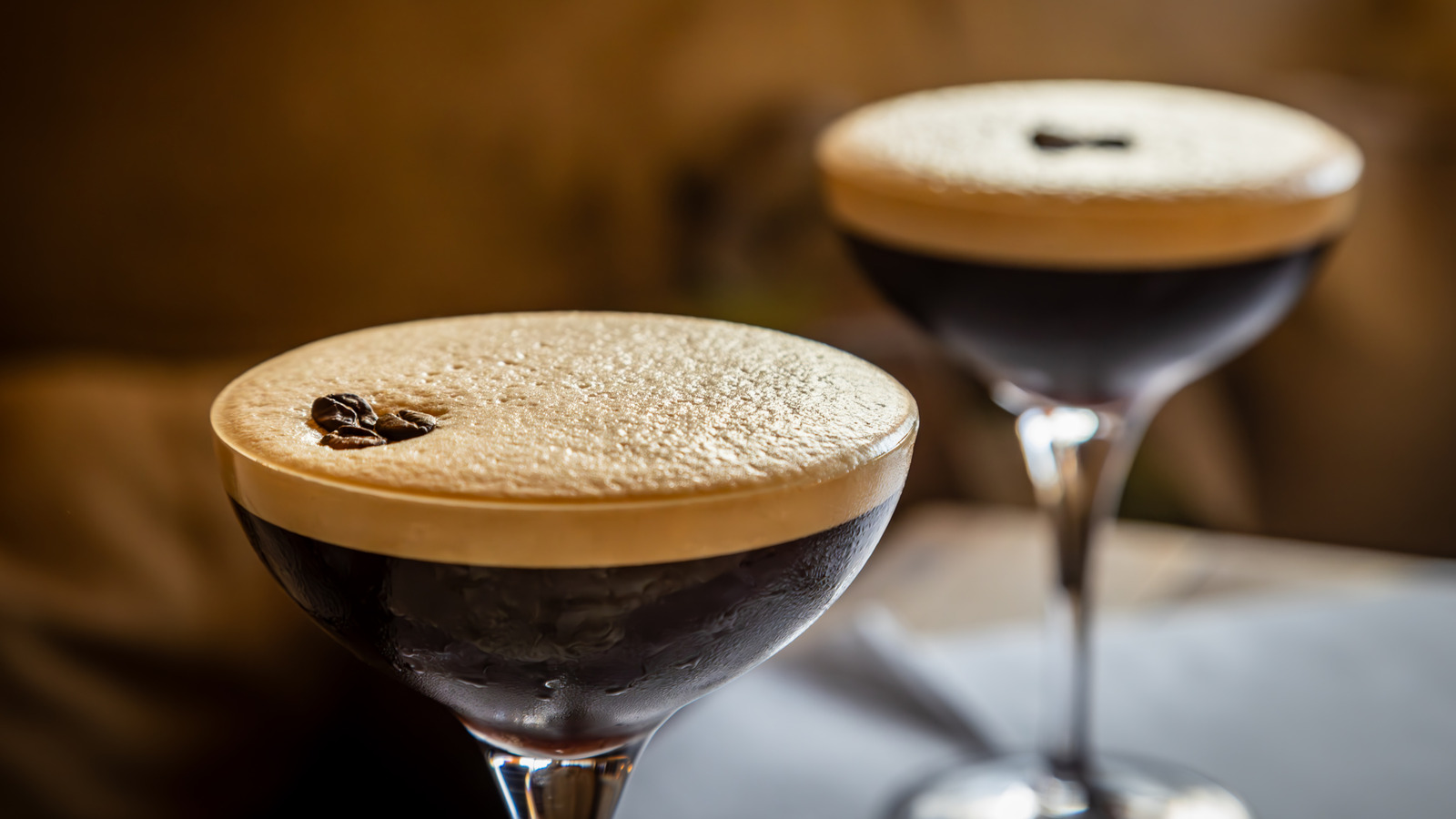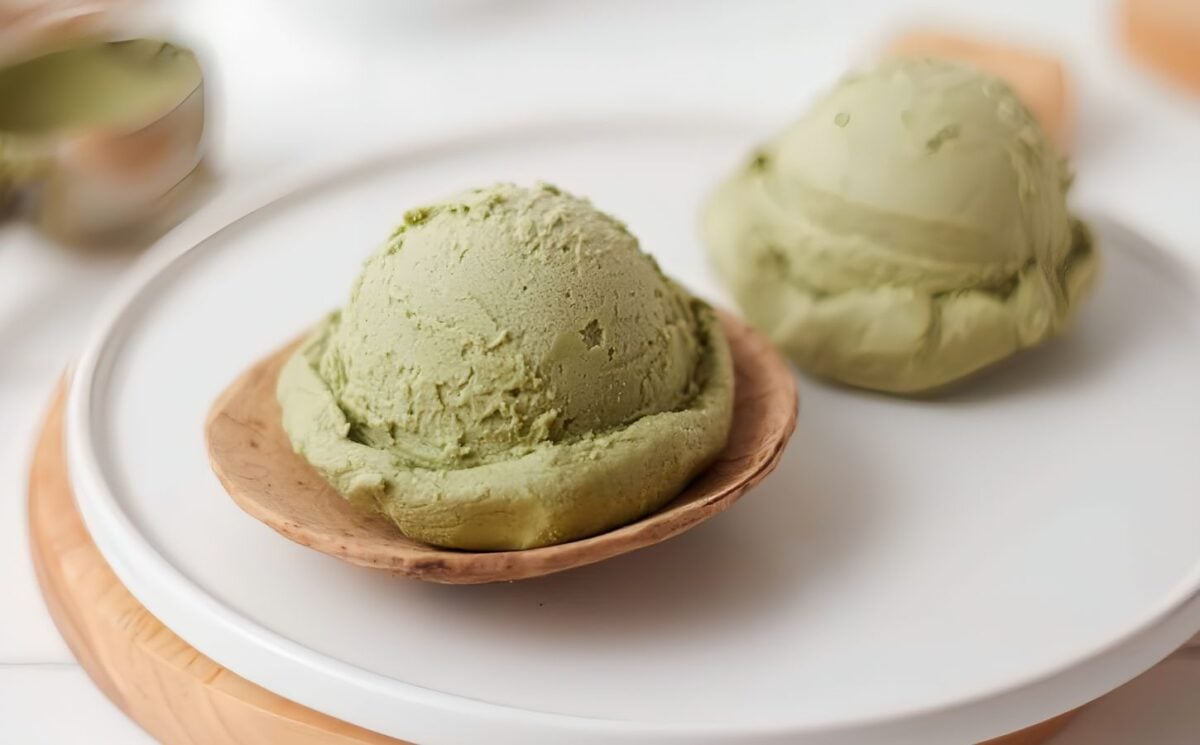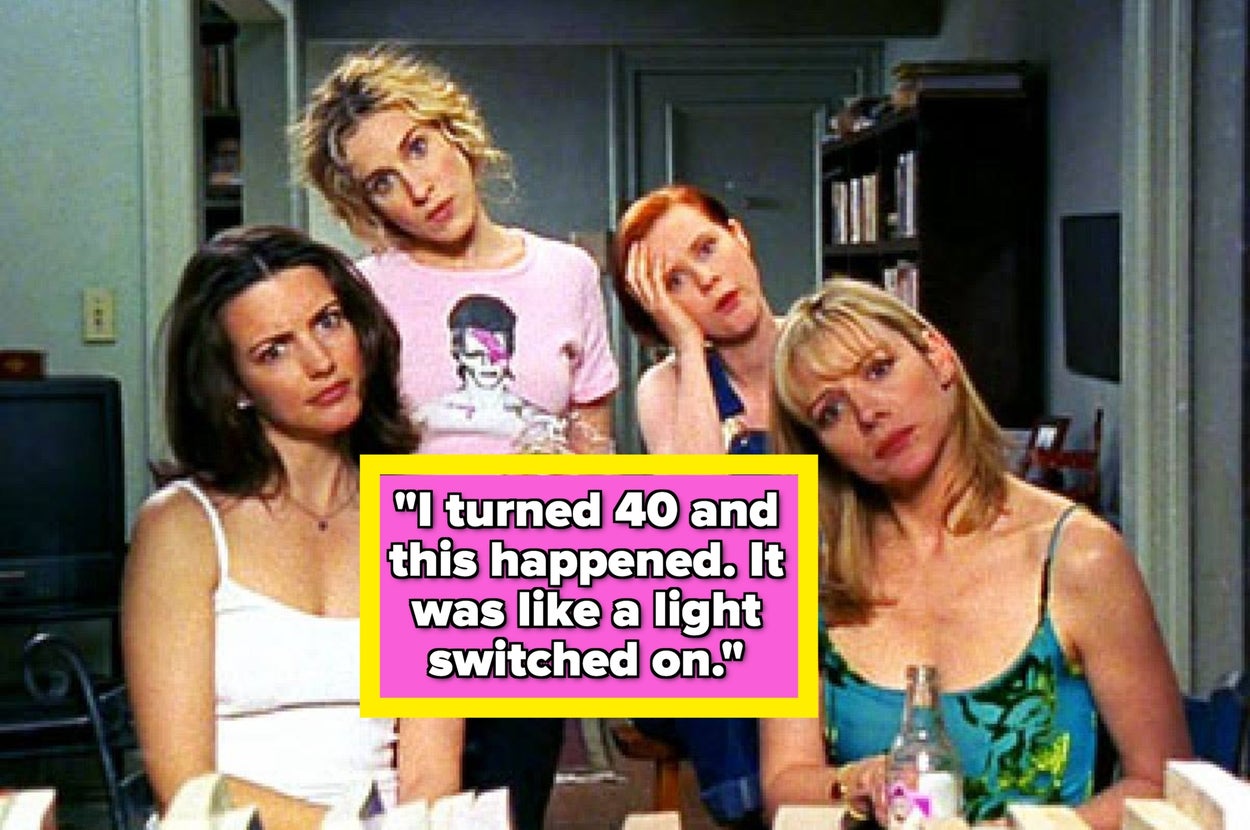There is an understated elegance in a well-crafted espresso martini. The trendy cocktail, created at a British nightclub in the 1980s, is made with only a few ingredients: vodka, coffee liqueur (like ), and a shot of espresso. Once shaken and poured into a glass, a creamy layer of foam (reminiscent of the crema on top of espresso) rests on the drink where three coffee beans are placed as a garnish, making it look minimalistic but enticing.
, but those three coffee beans aren't just there to look pretty. It turns out that they represent hopes and wishes of health, wealth, and happiness to the drinker. Now, the famed bartender behind this drink, Dick Bradsell, wasn't just emulating the traditional martini garnish of three olives by replacing them with three coffee beans for his espresso martini (bartenders have long believed that cocktail garnishes in even numbers are bad luck).

He was also paying homage to another Italian favorite drink with the garnish gesture. Sambuca, an anise-flavored liqueur, is a beloved digestif or after-dinner drink in Italy. Many Italians order it "con la mosca" or "with the fly.
" The "fly" in question is a coffee bean, and when ordered accordingly, your glass of Sambuca is served with three coffee beans inside it, which represent — you guessed it — health, wealth, and happiness. Bradsell's daughter, Bea Bradsell, confirmed to that his first version of the drink was served on the rocks and called a Vodka Espresso, and that the coffee beans and straight-up serving style in a martini glass came sometime in the 1990s. Not all espresso martinis are garnished with three coffee beans Considering how popular and widespread the espresso martini has become, it's no surprise that bartenders across the globe have put their own spin on the drink, developing multiple variations that may or may not come with the traditional garnish.
So, if you get an unusual number of coffee beans on your espresso martini crema, don't panic the way you would if you received a with two olives. A two-coffee bean garnish has come to represent luck and love, while four beans often mean wishes of good fortune and stability. But, if a bartender aims to stay true to the Italian espresso roots, they're likely to stick to the rule of three.
Some bartenders and mixologists may even shun the coffee beans altogether and opt for a dehydrated orange or lemon slice. This might be symbolic of the citrus peel that sometimes comes in a cup of espresso. Still others may be sprinkled with cocoa powder (because chocolate and coffee are good friends) or just a pinch of espresso grounds.
Recommended.
Food

The Hidden Meaning Behind The Coffee Beans In An Espresso Martini

Cocktails usually come garnished but the three coffee beans on your espresso martini aren't just for looks, they're a message to the drinker.















